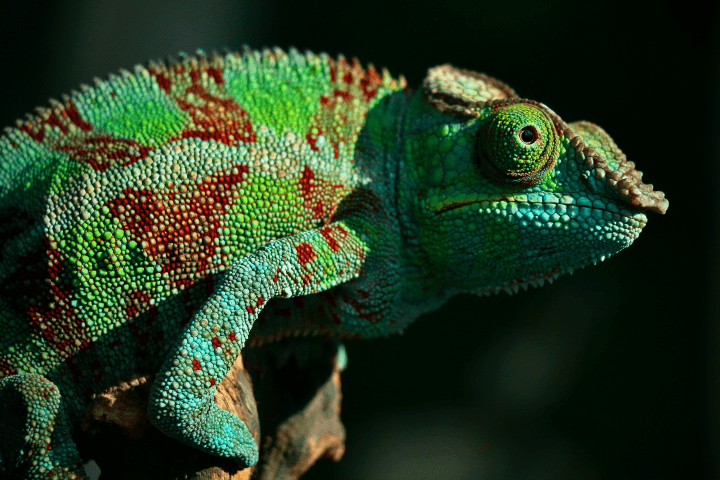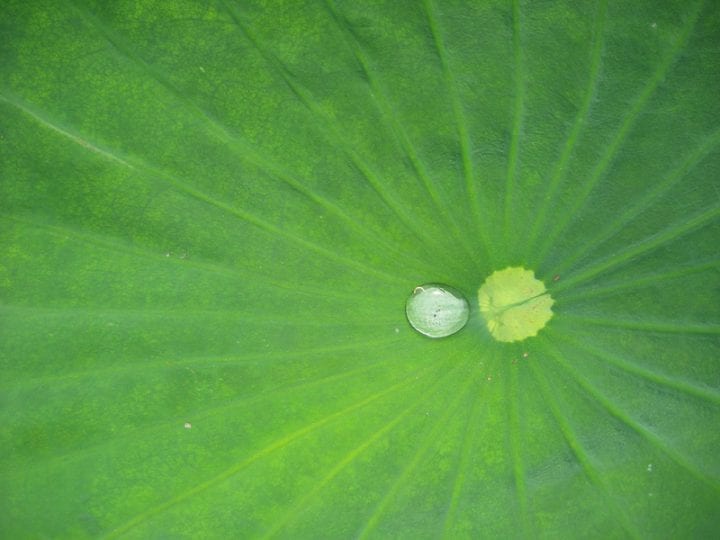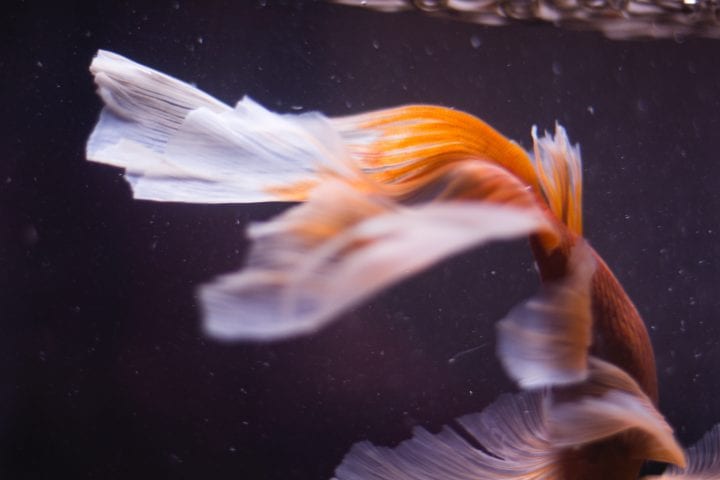Material from University of Chinese Academy of Sciences has core-shell structured layers which enable the display of a seamless range of vivid colors.
Benefits
- Robust
- Vibrant
- Dynamic
Applications
- Food packaging
- Electronics
- Robotics
- Anti-counterfeiting technology
UN Sustainable Development Goals Addressed
-

Goal 12: Responsible Production & Consumption
The Challenge
Many materials are able to change colors to display images and patterns. Unfortunately, these synthetic materials often have only discreet color options, inhibiting the material from smoothly transitioning between a wider range of colors.
Innovation Details
The material is made of hydrogel layers that contain luminogens, molecules that emit light. The layers together make up a “core-shell” matrix. The core is a red fluorescent hydrogel that serves as the template for the other layers. This core is surrounded by blue fluorescent hydrogel laye, surrounded by a separate green fluorescent hydrogel. The unique layer configuration allows the material to show a spectrum of colors. Furthermore, the material functions as a chemosensor, altering color in response to changes in temperature or pH.
Biomimicry Story
Chameleons are able to alter their colors through a combination of s and structures. Beneath the layers of color-bearing cells called chromatophores, a layer of cells called iridophores (iridescent chromatophores). Rather than using pigment, iridophores contain an organized array of transparent, nano-sized crystals that reflect specific wavelengths of light corresponding to different colors.





